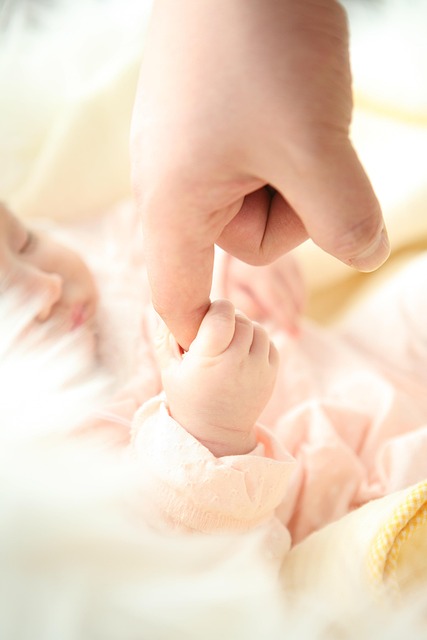My pre-teen son has been feeling overwhelmed lately. One morning, he embraced me and asked, “Mom, what are we going to do?” After a heart-to-heart, I realized he wasn’t just talking about the latest political developments. He understands the divisions in our society. He senses the pain and anger surrounding us. His worries extend beyond just one individual; he is concerned for our community and nation—a heavy weight for a young mind to carry.
My daughter, also in middle school, has a remarkable teacher who recently shared a message on social media, emphasizing the importance of creating a safe environment for our kids. These 11-year-olds spend hours in her classroom, and she made it clear that many of them are frightened.
They are particularly worried about classmates who identify as LGBTQ+, fearing for their safety and acceptance. “Some students are confused by the intense emotions they see at home and are unsure how to navigate these feelings. It’s not merely about conflict; it involves understanding and empathy.”
Our exceptional children are our future, and they are exposed to so much, even when they aren’t watching television or scrolling through social media. They are sensitive to the emotions around them and need support to process what they encounter.
They will continually seek guidance from trusted adults—parents, educators, coaches—as they strive for a sense of normalcy. It is our duty to provide the validation and support they require. Here’s how we can contribute:
We Listen.
We must listen to our children and to one another. This requires an open mind and demonstrating what respectful, informed dialogue looks like. By modeling our values and standing firm without being combative, we can admit when we’re wrong or when we need to further educate ourselves before forming opinions.
We Walk Together.
Our dedicated teachers are collaborating with students to establish mission statements that convey support and acceptance. This communal effort is vital in creating a unified message among peers.
Students are actively expressing their dissatisfaction with current leadership and will not accept hate or exclusion. They are organizing peaceful protests, sharing supportive messages online, and reaching out to their senators—all while cultivating safe spaces for those in need.
We Empower Their Voices.
We need to inspire our children to speak out against injustice. They can be active participants rather than passive bystanders, fostering acceptance and respect in their everyday interactions.
We Teach Kindness.
Daily acts of kindness are essential now more than ever. Adults must demonstrate this behavior for children to emulate. Positive actions, whether through volunteering or simple gestures of goodwill, can help shift the narrative.
We Reinforce Their Impact.
It’s crucial they understand their actions and voices matter. Change doesn’t solely come through voting; it arises from community involvement, even in times of heartbreak. Encourage them to research issues they care about and channel that passion into actionable efforts, like volunteering or fundraising.
We Continue Their Education.
Children should grasp how democracy functions. The President’s role is to serve all citizens, not just those who voted for him. They must understand their right to challenge decisions they view as unjust, doing so peacefully and respectfully.
We must communicate that love surpasses hate and embody this message in our actions. We can advocate for unity and reject racism, Islamophobia, misogyny, and victim-blaming. Our children are observing us, and we must show them that actions speak louder than words.
This movement of solidarity is budding, and I believe it’s evident in our schools, local businesses, and community spaces. Just yesterday, I noticed a sign in my local store with a note that read, “You matter.”
Let’s build upon this momentum. If you haven’t witnessed this unity in your community, take the initiative to create it. Our children are watching and learning from our example.
